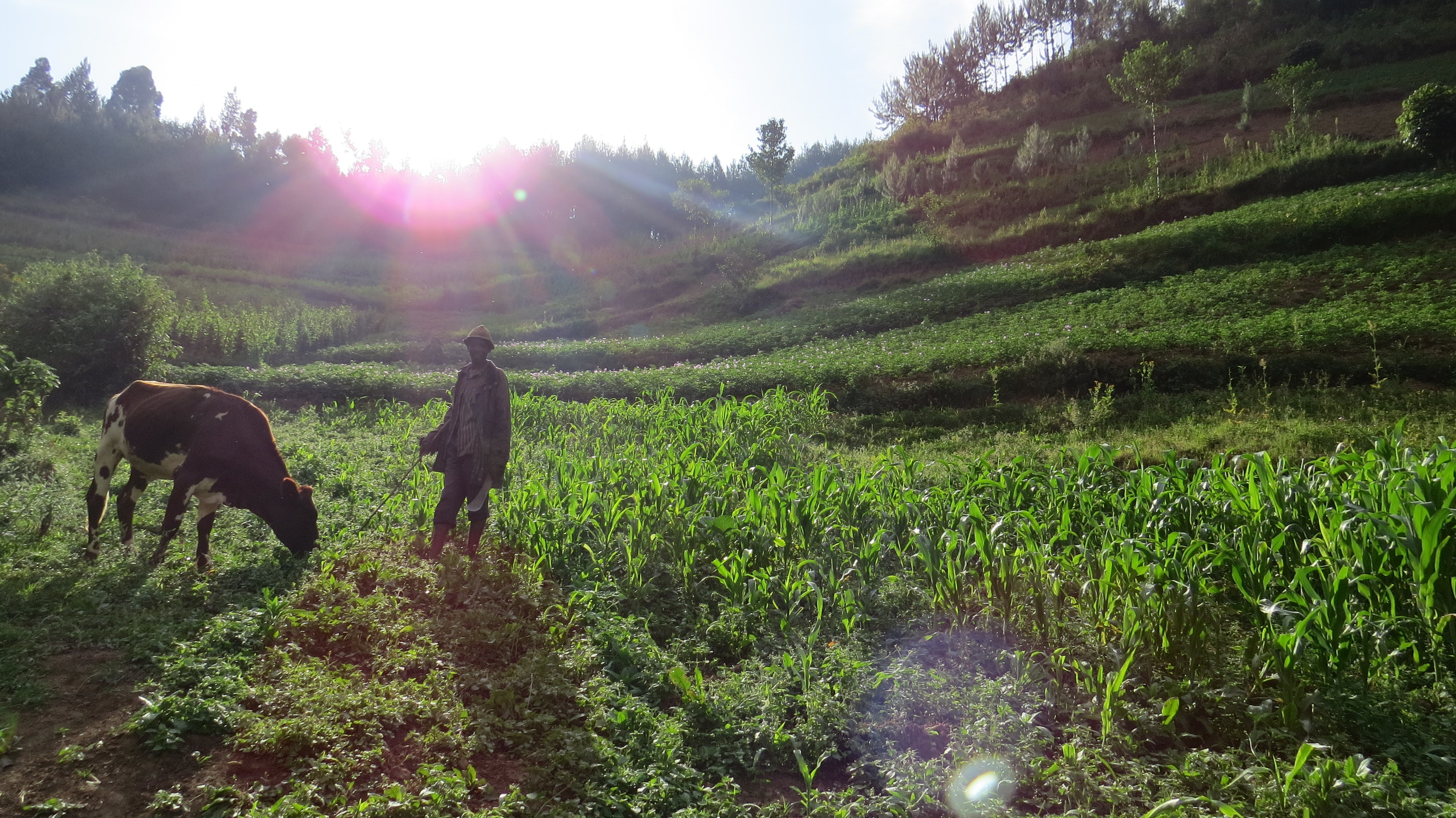
The COVID-19 pandemic is a major source of risks to all actors along agricultural value chains. But it is also an opportunity to improve how they are addressed.
When the first COVID-19 news reports came to light in early 2020, it was not easy to expect its far-reaching effects on so many aspects of modern society. The spread of the coronavirus has dramatically impacted on socioeconomic activities at global level, becoming an emergency that threatens public health, economy, logistics, community life and social behavior. Amid such a crisis, most socioeconomic activities may be interrupted, but along the health services if one must go on it is food systems. Consumers must have access to food, so the activities making that possible must continue operational: farming, canning, packing, transportation and markets. These processes are central to maintain basic living conditions of humankind.
According to FAO, food production and supply have not been drastically affected globally, but the COVID-19 pandemic has no recent precedents of similar impact, meaning it’s hard to predict its consequences to agriculture. This is a crisis of exponentials, with numbers of victims rising much faster than the measures to counter them. It’s also a crisis of uncertainties as political and business instances have drastically changed their day-to-day affairs to adapt to new demands. The situation may certainly provoke significant shocks along agricultural value chains, food shortages, price hikes and likely worsening the livelihoods of the most vulnerable. Not even the best welfare systems are anymore in a position to ensure the well-functioning of farm-to-fork processes indefinitely. Nor the largest agricultural powers are able to guarantee food and nutrition security to their citizens if the current conditions persist for too long.
Risks in agriculture
The agricultural risks are many: farmers, suppliers and anyone involved in the value-chain may get sick and not be able to work; seasonal workers are being restricted to travel for harvesting and there is a lack of robust storage systems – hence food is wasted; logistical services may face limitations, affecting supplies of food items and agricultural inputs; social distancing may affect markets’ sales; shops’ shelves may be emptied as consumers fear shortages; informal street markets may be disrupted; consumers may not be able to move or buy in regular shops; governments driven by uncertainty of food availability are banning food exports, which may cause shortages and price spikes; and financial institutions may become less willing to approve credit for smallholders and small agricultural enterprises.
This is a global crisis, but the situation varies across nations and regions. In a globalized world, severe restrictions in the sale or transport of goods may have considerable implications for consumers. Every year, the world’s transport system distributes enough maize, wheat, rice and soybean to feed 2.8 billion people, according to a 2017 report from Chatham House. Some countries largely depend on food imports, and alterations in trade flows may generate shortages. In 2018, countries in Sub-Saharan Africa imported over 40 million tons of cereals. While global food markets are currently well supplied, there is growing concern about food availability.
Populations of low- and medium-income countries tend to struggle more during multi-faceted crises, which increases the livelihood burden of the world’s poorest. “The resulting larger hit to the workforce in more food insecure, lower-income countries would coincide with often more labour-intensive production, aggravating the repercussions on output. At the same time, service industries in poorer countries are often less digitized and more reliant on face-to-face contact, meaning that containment measures, designed to limit human interaction, or avoidance by scared customers could hit harder,” says Simona Beltrami from the World Food Programme (WFP).
An opportunity for holistic risk management
This is a critical time for agricultural risk management (ARM). It’s not enough to tackle just one or a few of these agricultural risks but envision a broad integrated response. Dealing with this emergency requires a holistic approach, which encompasses combined efforts to assess the situation in each particular context and at different levels (i.e. farmer, household, value chain, government economy) while prioritizing risks with timely and adequate resources. After that, one must define the appropriate tools or combination thereof to address them, such as crop diversification, agricultural insurance and productive safety nets. Efforts to develop local capacities are key for the sustainability of the process.
This is the approach adopted by the Platform for Agricultural Risk Management (PARM), which has facilitated ARM technical support for a range of African countries since 2013. Both PARM and its technical partner Insurance for Rural Resilience and Economic Development (INSURED) initiative, which provides insurance for rural resilience in developing countries, are closely monitoring and analyzing COVID-19 developments to understand the needs, and prepare for a possible realignment of activities in technical support, knowledge management and capacity development.
The greatest risk of our time is also an opportunity to reshape the way risks are managed. It highlights fragility and the need for integrated risk management in daily farming business. The case for more sustainable food systems must integrate a holistic agricultural risk management customized for each context and local needs. Policy dialogue, learning activities and knowledge-sharing initiatives will help developing countries’ governments and local partners, including academia, private sector and NGOs, to progressively own their ARM processes. This will make them better prepared to deal with COVID-19-related risks as well as the existing risks it exacerbates, hence strengthening food and nutrition security as well as rural livelihoods.